Punctuation For Grade 3
Table Of Content - Punctuation for Class 3
What Is Punctuation? – Meaning and Definition
Types of Punctuation:
Uses And Examples:
-
Capital Letters
-
Full Stop
-
Comma
-
Question Mark
Short Exercise
Fun Facts
What Is Punctuation? – Meaning and Definition
Punctuation is a collection of marks or symbols that are put in writing to assist with the arrangement of words into understandable, meaningful sentences. They function similarly to signs on the road — they tell the reader where to stop, where a sentence begins, when a question is being asked, and how pieces of a sentence fit together.
Punctuation helps to reflect the natural tone and rhythm of spoken language in written language. In the absence of punctuation, writing would be ambiguous, and the intent behind sentences might be misinterpreted.
Types of Punctuation marks for Class 3:
- Capital Letters: Capital letters appear at the beginning of a sentence, names (proper nouns), and at the beginning of significant words. They indicate something new or significant is beginning.
- Full Stop: A period is placed at the end of a whole sentence or idea. It provides the reader with a cue to stop before the subsequent idea.
- Comma: A comma is employed to indicate a brief pause, list items, or divide elements of a sentence.
- Question Mark: A question mark is employed in a sentence that poses a question. It indicates the reader that an answer or response is anticipated.
Uses And Examples:
Capital Letters
-
Start a Sentence:
Always use a capital letter to start a sentence. This makes the reader aware when you are starting with a new idea or thought.
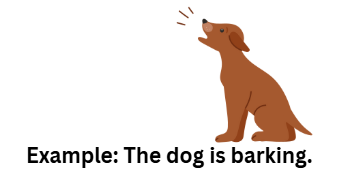
-
Proper Nouns
Use capitals for the actual names of real people, places, & objects. These are proper nouns
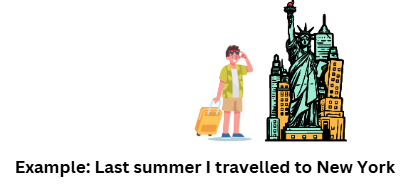
In the sentence above New York is a proper noun both words are in capitals
-
The Pronoun "I":
Always use capital letters to refer to yourself using the pronoun I
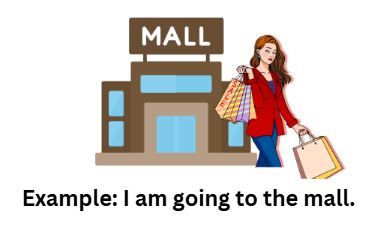
Full Stop (.)
End of a Statement (Declarative Sentences):
A full stop, also referred to as a period, is placed at the end of a statement sentence or informational sentence.
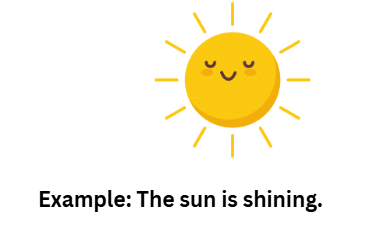
This is telling us something; therefore, it needs a full stop at the end.
End of a Complete Thought:
The full stop lets the reader know the thought or idea has ended.
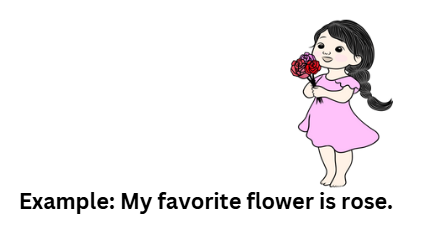
The sentence has a complete meaning. This is why it ends with a full stop.
Comma (,)
-
Lists of Three or More Items
To separate elements, use a comma when you give a list of three or more items in the sentence.
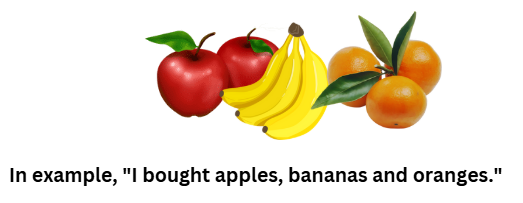
It does serve its purpose as shown below & sometimes people have even put this style as above introductory words & phrases.
-
After Conjunctions :
A comma comes after the word or phrase which is the introductory part of a sentence.
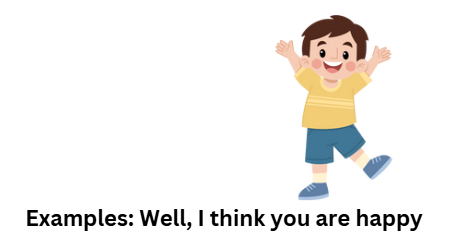
If it has an introductory element, then there is a comma after it. Well is the introductory part of the sentence, so it has a comma after it.
-
In Dates and Addresses:
Commas separate the different parts of information in dates & addresses

There is a comma between the day & the year and between the year & the place.
-
Two Adjectives of One Noun
If we have two or more adjectives to describe the very same noun then a comma keeps them separate.
.
For instance, "beautiful" & "red" are two adjectives that describe one & the same noun- "dress." For this reason a comma has to be written in between the words.
Question Mark (?)
At the End of a Question (Interrogative Sentences):
It ends with a question mark if the sentence is a question. This reveals that it is a question sentence asking for something & looking out for a response.

It is a question, therefore must end with a question mark.
To Show Curiosity or Obtain Information
A question mark is placed if the speaker is going to ask or if he needs to know something.

The question mark shows that it is a questioning sentence about where the book is.
Short Exercise
A. Fill in the blanks with correct punctuation terms:
-
_____________ are used at the beginning of a sentence or for names.
-
A _____________ shows where a complete sentence ends.
-
Use a _____________ when you are asking something.
-
A _____________ helps separate items in a list or break up parts of a sentence.
B. Correct the punctuation in the following sentences:
- where is my notebook
- sarah went to paris rome and london
- he is reading a book
- today is monday
Fun Facts
-
The word "I" is the only pronoun always written in capital—it's like it loves being important!
-
Proper nouns like Mount Everest and Disneyland get capital letters because they are special, just like names of your friends!
-
The comma (,) is sometimes called a "tiny pause" because it tells the reader to take a little breath.
-
The question mark (?) was invented in the 8th century and used to look like a lightning bolt!
-
A full stop (.) is also called a period in American English—but in British English, it's just a full stop!
What we learned here!
-
Begin every sentence and the pronoun "I" with a capital letter.
-
Use capital letters for names of people, places, and things (proper nouns).
-
End telling sentences with a full stop to show a complete thought.
-
Use commas in lists, after introductory words, in dates, and between adjectives.
-
Put a question mark at the end of a sentence that asks something.
FAQ's
1. Why is punctuation important in writing?
Answer: Punctuation is important because it helps make writing clear, organized, and easy to understand. It shows where to pause, stop, or ask a question, and helps avoid confusion in sentences. Without punctuation, the meaning of a sentence can change completely.
2. What are the basic types of punctuation marks?
Answer: The basic types of punctuation marks include:
-
Capital Letters – used to begin sentences and for names
-
Full Stop (.) – marks the end of a sentence
-
Comma (,) – separates parts of a sentence or items in a list
-
Question Mark (?) – used at the end of a question
CBSE Schools In Popular Cities
- CBSE Schools in Bangalore
- CBSE Schools in Mumbai
- CBSE Schools in Pune
- CBSE Schools in Hyderabad
- CBSE Schools in Chennai
- CBSE Schools in Gurgaon
- CBSE Schools in Kolkata
- CBSE Schools in Indore
- CBSE Schools in Sonipat
- CBSE Schools in Delhi
- CBSE Schools in Rohtak
- CBSE Schools in Bhopal
- CBSE Schools in Aurangabad
- CBSE Schools in Jabalpur
- CBSE Schools in Jaipur
- CBSE Schools in Jodhpur
- CBSE Schools in Nagpur
- CBSE Schools in Ahmednagar
- CBSE School In Tumkur











